First of all I want to say that I'm a complete beginner in circuit design but I really want to do one thing. I'b trying to drive WS2812b LED strip using STM32F103 chip. Since WS2812b use 5V and MCU works on 3.3V I use logic level shifter. Here is a scheme:

Here is my LED strip connection sketch diagram:

MCU generates data stream using PWM. The strip is only 5 LEDs but I use only one for test. I've connected Logic Analyzer (saleae16) to the data line(2) and I see that data is Ok, i.e. I see 24 waves, each one with period=1,25 us, as required in the datasheet. I have reset time=50us before and after the data sequence.
But the LED doesn't work. I've tried everything. And I was really racking my brain when suddenly found that if I shortly connect additional power wires 1 and 3 (you see them on the scheme) the LED suddenly begins to glow. I can't really explain it. Sometimes, maybe once in 10 the circuit works without this trick. I just switch the power off and then on and it works.
How do I fix this issue? I really hope that someone will help me.
Here is a project schematics.
